Malaysian Women in Art: Kayleigh Goh gets poetic about her creative expressions and emotions
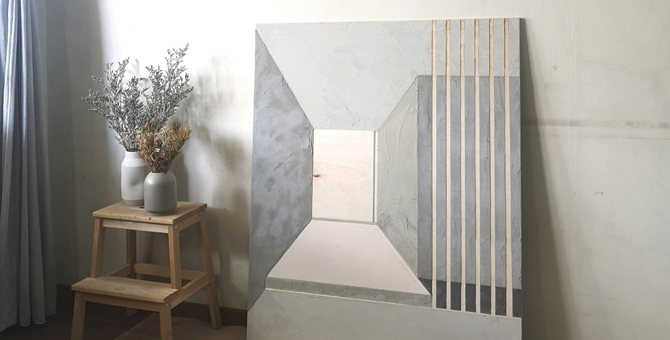
A vessel to reorganise and rebalance the emotions and mind—Kayleigh Goh’s work as a visual artist is a reflection of her concept of ‘place’. A contemplative narrative, if you may. The artist, who was born in Johor Bahru, predominantly uses industrial mediums such as wood and cement to create a juxtaposition of silence and rawness, cold and warmth. Having exhibited in Kuala Lumpur, Jakarta, Taiwan, Korea and Singapore, the 26-year-old Kayleigh has been described as one of the most innovative young artists in the region. Our Malaysian Women in Art series continues with a candid interview with Kayleigh on her poetic expressions and artistic experience.
1. Tell us 5 fun facts about yourself.
1) I enjoy Karaoke sessions
2) I want to pick up piano
3) I was a Johor state athlete in Chinese Martial Arts
4) My book-buying speed is faster than my book-reading speed
5) I love receiving handwritten notes
2. How did your journey as an artist began? Do you remember what sparked your interest?
Growing up I have always been seen as a ‘follow by the book’ kind of kid, even though a part of me enjoyed being different but I wasn’t very confident about it.
I used to live a lot in other people’s expectation and judgment, and I think drawing and painting is like a space that allows me to feel comfortable enough to decide for myself, to embrace individuality.
I am not from an artistic family but there are traces of artistic interest in the family. My grandma used to be a dressmaker and my brother is a choreographer.
3. Describe your art in one sentence.
A space for self-reflection.
4. Can you tell us about the process of making your work?
I think my working process differs with different series of works. The idea of how to work on the series comes organically, usually in reflection of the concept of what I am focusing on at that point of time.
But in general speaking, I would say I try to work a balance between control and chance, structure and intuition.
5. What made you decide to use cement / concrete as a medium in creating your art?
I was overwhelmed by stress at that point of time when I chance upon a plain cement wall. Drawn by the texture and greyness of the cement, I felt an internal calm.
After that, I happened to read about Tadao Ando’s interview, on how he uses cement as a material to off-set nature surrounding, drawing viewers attention to the natural element around his architecture.
I thought the idea is incredibly inspiring, I find humble-ness in it. The cement/ concrete used, is not there to draw attention on itself, rather it helps other elements to shine & glow.
Like how G.K Chesterton has famously rhapsodised over grey.
It was for him, the colour of possibility—the color that “always seems on the eve of changing to some other colour; of brightening into blue or blanching into white or bursting into green and gold.”
But grey’s chief glory lies in that, as background,
“every colour appears unusually beautiful.
A blue sky can kill the brightness of blue flowers.
But on a grey day, the Larkspur looks like fallen heaven;
the red daisies are really the red lost eyes of day;
and the sunflower is the vice-regent of the sun.”
The humbleness, the rawness, the adaptability, the flexibility, the gentle-ness (liquid state), the strong-ness (harden state), all these qualities are why I am immensely attracted to cement/concrete.
6. Do you work with other mediums as well?
I work with some mediums here and there in my paintings, but cement and wood are still the core of my work.
7. Have you ever had a moment when you questioned your career?
Career as an artist yes, Practice as an artist no.
Honestly from the start, I didn’t think I will be able to turn my practice into a career back then. But I do know I will try everything to keep my practice going, even if it means to work other jobs to support my practice.
8. Do you think it’s a challenge being an artist in Malaysia?
From a creative’s viewpoint, I think Malaysia has an advantage in growing a creative’s mind.
As we grow up learning about the diverse culture, the hybridity of perceptions, how we live amongst many differences and so on, I feel that it fuels an individual’s open-mindedness and adaptability, encouraging creativity.
9. Women struggle to gain recognition in the art world to this day, especially in Malaysia, but you’ve managed to make a name for yourself. How would you encourage other women to do the same?
From a practitioner’s position, I still believe strongly that, thinking about how to grow the practice is more important than thinking about how to gain recognition.
Let the practice speaks for itself rather than being distracted by the anxiety of not getting recognise. It’s a constant reminder of what is truly important.
And to believe that, good practice draws attention.
10. What advice would you give to women who want to become art professionals?
To be really critical in why do we want to make art, why is our practice important, to us, to viewers.
If the practice holds such importance, it is natural for us to have a willingness to go all out, be prepared to work out ways to safeguard the practice, even if it doesn’t earn a living.
We do, at the same time need to think realistically, but we don’t have to give in to our practice. We can earn our livings in many other ways, to make sure we are earning enough for daily expenses and juggle the time with our practice.
It doesn’t have to be all or nothing at all, it’s impossible to want to earn a stable income through art practising at the very beginning of an artist’s career.
11. How did you get your work known internationally?
I think is like what I’ve mentioned earlier, for me it is really more about how to not get distracted, and think more about the practice. But at the same time, I am immensely lucky, because I have Gajah Gallery to help in getting my works seen, both locally and internationally.
On the side, overseas art residencies can definitely be a good way to learn and get exposures internationally as well.
12. What has been the most exciting moment in your art career so far?
Definitely my first solo show, “And yet, If only”.
13. How did your first solo exhibition come about then?
I was a part of Gajah Gallery’s group show – the first edition of ‘The New Now’, there was where I first came in contact with the gallery. I received some good responses from the show and slowly, the continued relationship has led to my first solo show with them.
14. What is your favourite art gallery and why?
Gajah Gallery. Personal reasons being that they’re ever supportive, I feel really grateful and have flourished through the working relationship. The freedom and chances given to me has helped me to grow and strive as an artist.
Being a part of their curated shows has often helped me to reflect more and consider deeper on my own practices as well.
15. In reflecting back to the beginning of your career, what is the most useful advice you ever received?
“No matter what you do in life, or what you paint, just be sure that it is what your heart really wants.”
16. Any information on upcoming projects and endeavours? What’s next for you?
It has been two and a half years since I graduated with my BA from Lasalle College of the Arts, and I will be joining Melbourne University’s VCA programme next year in 2020, to further pursue my Master’s in Contemporary Art studies.
This might sound a little greedy, but I am hoping that at the same time I can continue to play around and work on different shows in the mean time of my studies.
17. What’s the one food you’ll eat first when you’re back in town?
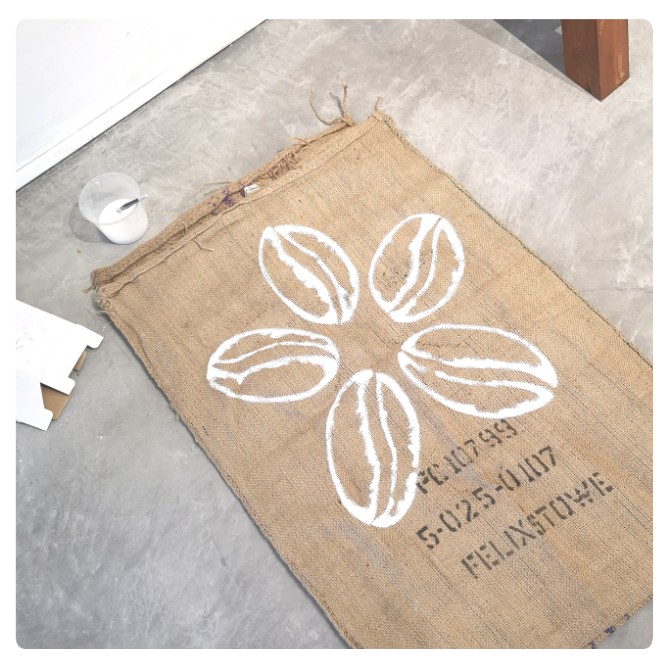
18. What gives you that feeling of national pride?
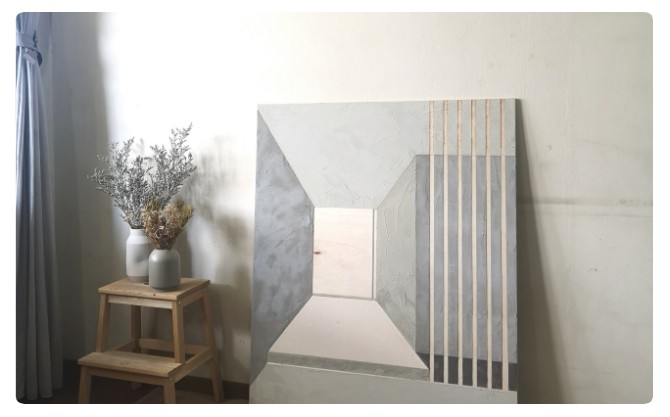
19. Where do you see Malaysia in 10 years?
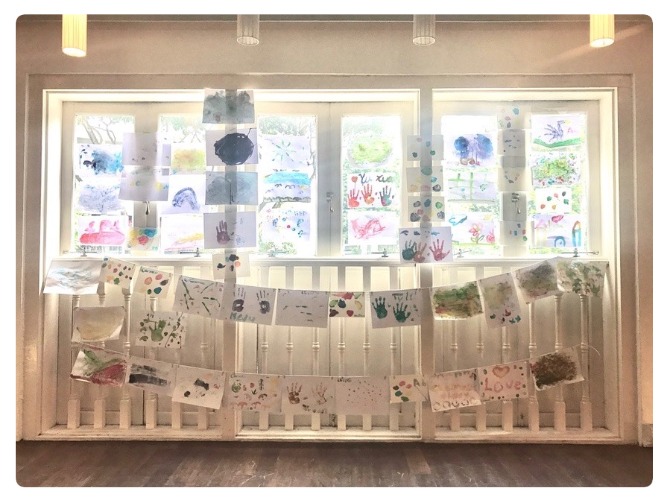
20. Your fondest childhood memory.
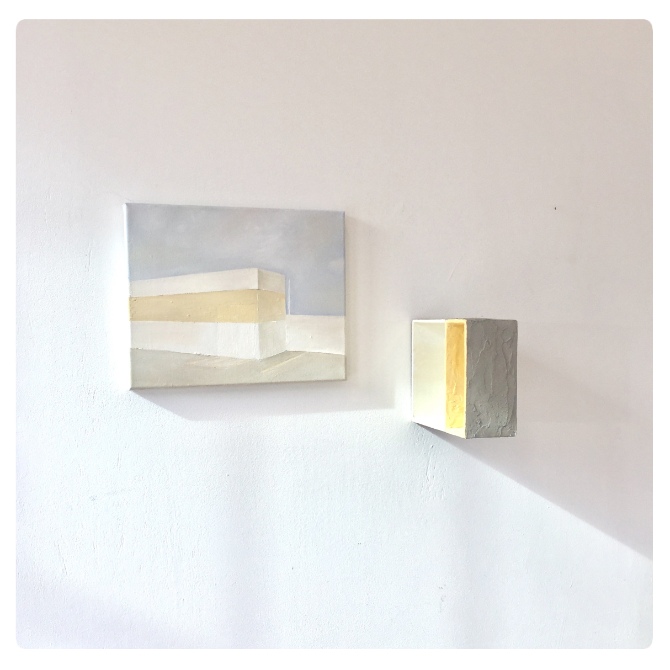
21. Do you have a favourite piece that you’ve created?
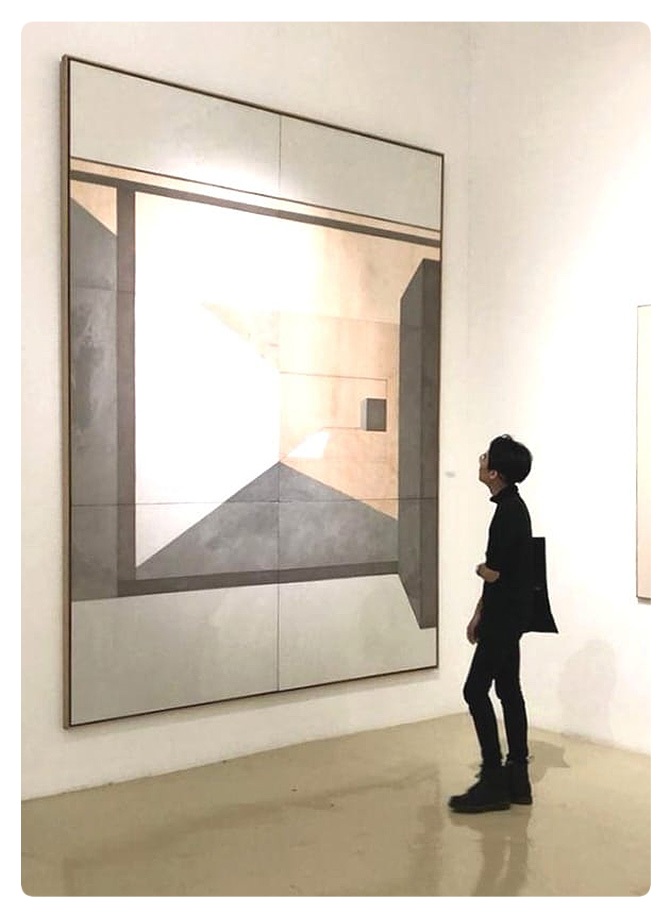
Follow @kayleigh.goh for her latest artwork and creative journey.
| SHARE THE STORY | |
| Explore More |



